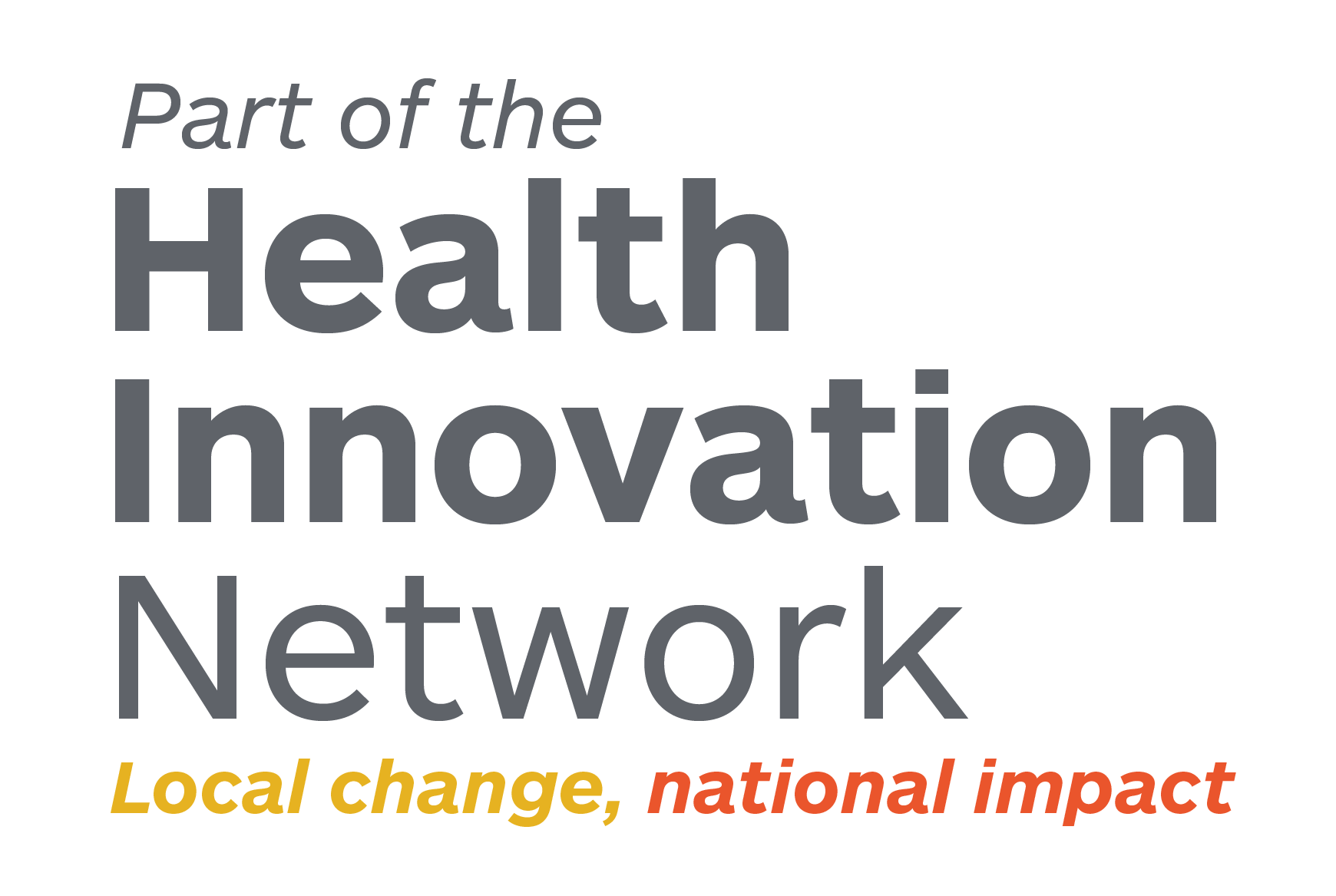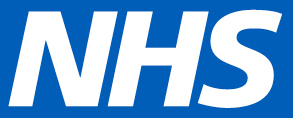
The Health Innovation Networks are a key partner supporting NHS trusts to implement Martha’s Rule across England. Siobhan Lanigan is a Critical Care Nurse at the Bristol Royal Infirmary on secondment to Health Innovation West of England as Senior Project Manager to support the local rollout of Martha’s Rule. In this blog, Siobhan explores why the programme is so important and what lessons we’ve been learning together locally in the first year of piloting.
Building a safer NHS: our journey with Martha’s Rule in the West of England
Martha’s Rule is a national NHS patient safety programme. It is named in memory of 13-year-old Martha Mills. Martha tragically died from sepsis in hospital after concerns raised by her parents were not listened to or acted upon. A coroner concluded that her death was preventable with an earlier senior clinical review, highlighting a significant gap in patient safety where family concerns about patient deterioration were not acted upon. This tragedy underscored the lack of a clear, accessible escalation route for families and reflected inconsistencies across NHS trusts.
Martha’s Rule is designed to address this vital gap. It aims to empower patients, families, and staff to escalate care concerns when they believe a patient is deteriorating. The initiative is needed to ensure families are heard, escalation is swift, and preventable harm is reduced. Ultimately, it supports a more responsive, transparent, and patient-centred culture within the NHS, where worries and concerns are valued. By promoting reviews, the programme seeks to prevent avoidable harm and foster person-centred care.
The programme is currently being piloted across 143 sites in England. Health Innovation West of England is supporting its implementation across three integrated care systems in our region: Bristol, North Somerset and South Gloucestershire (BNSSG), Bath and North East Somerset, Swindon and Wiltshire (BSW), and Gloucestershire.
The pilot is testing three key components of Martha’s Rule:
- Patients will be asked, at least daily, about how they are feeling, and if they are getting better or worse, and this information will be acted on in a structured way.
- All staff will be able, at any time, to ask for a review from a different team if they are concerned that a patient is deteriorating, and they are not being responded to.
- This escalation route will also always be available to patients themselves, their families and carers and advertised across the hospital.
Our approach: supporting sites to implement Martha’s Rule
Along with all 15 Health Innovation Networks, we are a key delivery partner for NHS England in the implementation of Martha’s Rule. Our role is crucial in ensuring successful adoption of the programme at a local level.
We provide tailored, site-specific support, recognising that each site has unique needs and may be starting from different points – some may have been involved in previous related pilots, while others are starting from scratch. For instance, Gloucestershire Hospitals NHS Foundation Trust was part of the ‘Worry and Concern’ pilot, which pre-empted Martha’s Rule, putting them further ahead in testing components. In contrast, North Bristol NHS Trust joined the pilot with the aspiration to rapidly establish a 24 hour Acute Care Response Team to improve support and help manage early recognition of deterioration.
Our support is multifaceted. We offer dedicated quality improvement (QI) support through monthly one-to-one sessions with sites. These sessions are designed to help teams troubleshoot specific challenges they encounter and adapt the implementation process based on their local priorities and context. This individual coaching is a vital part of our support.
In addition to one-to-one support, we host monthly ‘Share and Learn’ sessions. These forums provide a space for cross-site collaboration, allowing teams from different hospital sites to connect, share their experiences, highlight emerging innovations, and learn from each other’s successes and challenges. This dual approach, combining individual coaching with collective learning opportunities, adds unique value to our support and helps accelerate adoption across the region.
The role involves acting as a “middle ground”. This means meeting with sites, hearing their questions, and taking that feedback to the central NHS England team or connecting with other Health Innovation Networks to leverage a “hive mind” of knowledge. If a site has a problem, we can connect them with another site or network that may have already found a solution.
For me, working in this space feels like a real privilege. I am seconded to Health Innovation West of England as project manager, and I’ve found that being in a non-frontline role provides me with the necessary space to think and reflect. This enables our team to act as a conduit, interpreting complex information and documents for busy frontline staff who often lack the time to do so themselves.
Having previous experience as a Critical Care clinical Sister at the Bristol Royal Infirmary has been particularly helpful. This frontline background allows me to appreciate the pace and challenges faced by teams in the pilot sites. When meeting with sites, my clinical background helps build trust, enabling teams to openly share their frustrations and challenges with me. While I may not always have an immediate answer, I can listen, reassure, and help teams feel more positive by the end of the conversation. This peer-like relationship, fosters a supportive and equal footing for discussion.
I’ve also found the supportive environment at Health Innovation West of England, with encouragement and coaching from colleagues, has also been crucial in helping me and other colleagues grow in confidence and take on new challenges.
Learnings and challenges along the way
The journey to implement Martha’s Rule in the West of England has yielded significant learnings and highlighted various challenges since testing began in September 2024.
Effective communication and promotion have been among the biggest challenges in implementing the service within hospital sites. To improve this process, some sites have embraced a QI approach, using incremental changes and PDSA cycles to refine how the service is introduced across different wards. This iterative method has also led to strategic enhancements, such as shifting from a “live” call system to an answerphone service, enabling more efficient call management and deeper insights into how calls are handled over time.
However, this approach presents limitations during pilot phases. When trailing the service on specific wards, efforts to raise awareness are hindered by the inability to use high-footfall areas like coffee shops and waiting rooms for leaflet campaigns. As a result, promotion remains largely confined to the pilot wards themselves. To address this challenge and ensure broader visibility, many sites have opted to implement the programme trust-wide, maximising its reach and engagement. While this wider rollout improves accessibility, it can also make it more challenging to refine and adapt the service at a smaller scale, potentially reducing the flexibility of the QI approach.
The communication toolkit from NHS England ultimately played a key role in helping sites establish a consistent national brand for the service. This consistency was especially valuable when patients transitioned between hospitals or moved from paediatric to adult services, supporting a more seamless and recognisable experience. Before the toolkit’s release, many sites took the initiative to develop their own materials. Some introduced locally distinctive names such as ‘Listening to You’ or ‘Call for Concern’. A key learning from this period was that creative naming-such as using a number in ‘Call 4 Concern’-can present challenges for translation and accessibility in other languages. This insight will help shape more inclusive and effective branding in the future.
Furthermore, the way the programme was advertised sometimes led to sites receiving a high volume of calls about a wide range of issues not associated with acute deterioration. People often used the number to flag “anything and everything”. This demonstrates the importance of clear communication that outlines the correct process: patients and families should first speak with the ward nurse in charge or the ward team, and only request Martha’s Rule if they remain concerned. It is also recommended to promote general contact information alongside the Martha’s Rule number to help direct queries to the most appropriate channel.
Prompting early identification of deterioration
Regarding the three components that make up Martha’s Rule, many colleagues agree that by successfully implementing Component 1 – the ‘Patient Wellness Questionnaire’ – where patients are regularly asked how they feel, the need for escalation via components two and three will be reduced. By prompting early identification of deterioration, even subtle, ‘soft signs’ problems could be addressed upstream before they necessitate a higher level of escalation.
Anecdotal evidence from sites testing Component 1 demonstrate this potential. One site identified low electrolytes in a patient who felt “woozy”, and another identified a pressure sore in a patient complaining of sacrum soreness, both earlier than they might have been otherwise detected.
While sites are doing good work collecting data on how many questions are asked and outcomes, quantifying whether component 1 is directly reducing escalations via components 2 and 3 is challenging, as implementing the programme may improve other processes concurrently, making it difficult to isolate the impact.
Sharing potentially critical learning can be difficult
Collecting qualitative data is a crucial part of evaluating the pilot, helping to “bridge the gap” that quantitative data alone cannot capture. Health Innovation West of England is undertaking this by approaching sites to interview staff who have made referrals and patients or carers who have used Martha’s Rule.
However, this isn’t always easy and people can be reluctant to share details publicly, as case studies highlighting when something went wrong can make organisations feel exposed or “look bad”. Sharing potentially critical learning is difficult without giving the impression of “naming and shaming”. The aim is to identify key themes from these interviews, which can be shared anonymously.
I have now developed an interview sheet template for site leads to gather their initial thoughts, which I hope to use to create summaries of lessons learned.
Culture change is the hardest aspect
Culture change is arguably the hardest aspect of implementing Martha’s Rule. It involves integrating the patient and family voice more deeply into clinical practice. The goal is to create a “new normal,” where escalating concerns about a deteriorating patient is seen not as whistleblowing or implying someone did something wrong, but as a routine safety check, like double-checking an IV drug with another nurse. Good clinicians, it is argued, should be open to a review of a patient.
Positive examples of this culture shift are emerging. One powerful anecdote involves an anaesthetist who supported an understandably concerned mother of a 16-year-old transitioning to adult services. Instead of fearing Martha’s Rule, the medic proactively promoted the service as a safety net to the anxious parent, explaining who she could talk to and how to call the number if she remained worried on the ward.
Examples like this demonstrate how Martha’s Rule can be used in a “real positive way”. It highlights that Martha’s Rule is intended as an “emergency stop button” when things are failing or someone feels unheard, not a punitive measure or performance indicator. This contrasts with negative instances where a family likely to use Martha’s Rule is labelled “difficult”. Capturing and sharing these positive stories of how people are using Martha’s Rule effectively is so important for promoting the service and counteracting negative perceptions.
Other practical learnings from sites include refining phone referral systems, such as adjusting the time before an answerphone kicks in. Co-production has also been valuable; one site engaged a youth forum whose feedback led to exploring text message referrals, as young people preferred this method over phone calls.
Education and training
Education and training are key emerging themes. Advanced communication training is considered essential for staff who will be taking Martha’s Rule referrals. This training helps build psychological safety and equips staff with skills to actively listen to emotional or frustrated callers and respond appropriately. I use an ‘appreciative inquiry’ approach with sites (focusing on achievements, priorities, challenges and opportunities) to gather feedback and identify common themes like the need for communication training.
Next steps
Moving forward, we will continue to gather real-world case studies to illustrate the early impact and key learning points from implementation. Our ongoing support to pilot sites will focus not only on embedding the programme effectively but also on ensuring its long-term sustainability. This involves developing practical tools, facilitating the sharing of best practices among sites, and nurturing a community of learning to support the programme’s rollout and integration across the entire system over time.
Final thoughts
Working on the Martha’s Rule programme is a deeply rewarding experience. It is a privilege to support frontline teams in implementing this vital patient safety initiative.
Reflecting on the past year since the programme started, I can see I have personally developed so much, helped by the encouraging and coaching environment at Health Innovation West of England. Colleagues have been instrumental in providing support, from project management skills to enabling opportunities to share learning more widely.
While the programme presents challenges, particularly around communication, data collection, and fostering cultural change, the commitment of the hospital sites and the potential for Martha’s Rule to truly empower patients, families, and staff to improve safety is clear. It represents a fundamental shift towards a more listening and supportive healthcare system.
Find out more about our support for Martha’s Rule in the West of England. For more information, contact Siobhan Lanigan at siobhan.lanigan@nhs.net.
Posted on June 13, 2025 by Siobhan Lanigan, Registered Nurse and Senior Project Manager
Blogs you may like

Why safety culture needs more than policies
In this new blog post, Gill Travers reflects on how integrating the MOMENTS framework into the Midwifery programme at the University of the West of England (UWE) is encouraging students to reimagine safety culture. Moments that matter: embedding the MOMENTS Framework into midwifery education at UWE In the heart of the UWE's Year 2 Pre-Registration…
Read more
Breaking down barriers for safer systems: a day of inspiration, innovation and insight
In this blog, Jenn Garner and Ann Remmers report on our recent regional learning event, bringing together maternity and neonatal colleagues from across the region. On Wednesday 30 April, we were delighted to welcome colleagues from trusts across the West of England to the regional learning event for our Maternity and Neonatal Safety Improvement Programmes…
Read more
Five key insights for delivering successful transformation projects with primary care
Our team at Health Innovation West of England have been working with One Care (the GP federation for the wider Bristol area) and five primary care networks (PCNs) to deliver an innovative project supported by the Collaborative Lipid Fund. This has focused on supporting clinicians to target patients who have had a cardiac event and…
Read more

